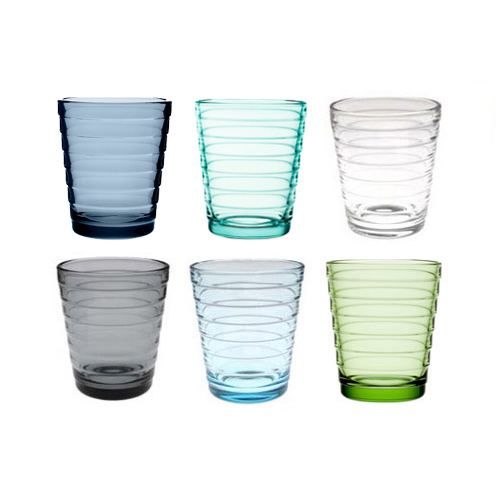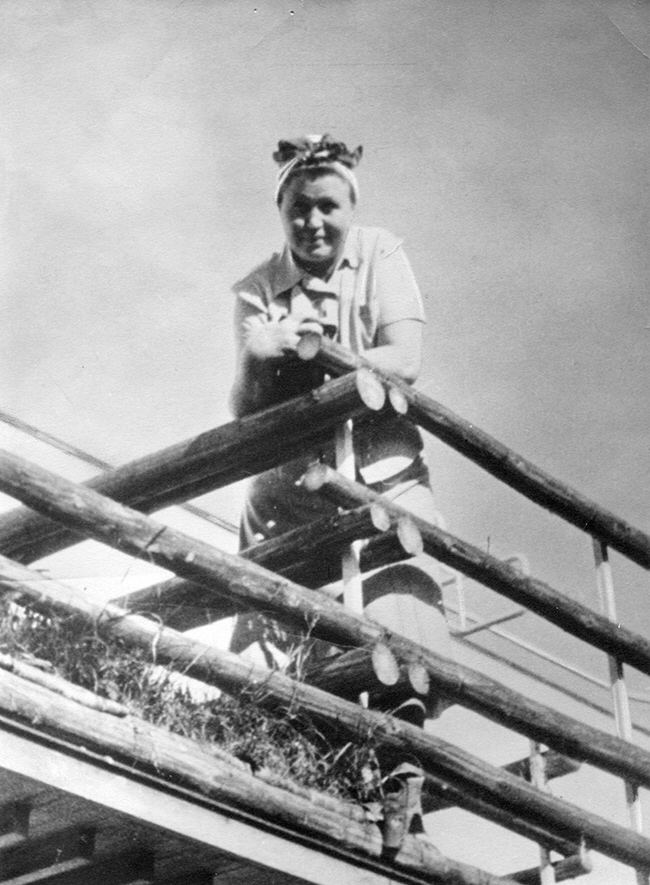Nationality Finnish Role Architect Name Aino Aalto | Children 2 Occupation Architect, designer Organizations founded Artek | |
 | ||
Full Name Aino Maria Mandelin Born 25 January 1894 Helsinki, Finland Alma mater Helsingin Suomalainen Tyttokoulu
Helsinki University of Technology Died January 13, 1949, Helsinki, Finland Spouse Alvar Aalto (m. 1925–1949) Education Helsinki University of Technology, Aalto University, Helsingin yliopiston Viikin normaalikoulu People also search for Alvar Aalto, Elissa Aalto, Hamilkar Aalto | ||
Aino aalto pitcher rio brown
Aino Maria Marsio-Aalto (born Aino Maria Mandelin; 25 January 1894 – 13 January 1949) was a Finnish architect and designer.
Contents

Biography

Aino Mandelin was born in Helsinki, and completed her school education in 1913 at the Helsingin Suomalainen Tyttökoulu (Helsinki Finnish Girls' School). She began studies in architecture that same year at the Institute of Technology, Helsinki, and qualified as an architect in 1920. That same year she went to work for architect Oiva Kallio in Helsinki. In 1923 she moved to the city of Jyväskylä to work in the office of architect Gunnar Achilles Wahlroos, but the following year switched to working in the office of architect Alvar Aalto. Mandelin married Alvar Aalto in 1925. The Aaltos spent their honeymoon in northern Italy. It was common at that time for young architects in Scandinavia to travel to Italy to study the vernacular architecture, which had a profound influence on Scandinavian architecture during the 1920s, flourishing in the so-called Nordic Classicism style.

The Aaltos moved their office to Turku in 1927, and started collaborating with architect Erik Bryggman. The office moved again in 1933 to Helsinki. The Aaltos designed and built a joint house-office (1935–36) for themselves in Munkkiniemi, a suburb of Helsinki, but later (1954–55) had a purpose-built office built in the same neighbourhood.

Aino Aalto's role in the design of the architecture attributed to Alvar Aalto has never been specifically verified. Their early built works were mostly small-scale buildings, especially summer villas, designed in the style of Nordic Classicism. Chief among these was the Aalto's own summer villa, Villa Flora in Alajärvi from 1926 (extended 1938).

It is known that in the design work she concentrated more on the design of interiors (such as the world-famous Villa Mairea in Noormarkku of 1937-39), but also furniture (such as the Paimio Sanatorium of 1927-29). In 1935 the Aaltos, together with Maire Gullichsen (chief client for the Villa Mairea) and Nils-Gustav Hahlin, founded Artek, a firm selling lighting fixtures and furniture designed by the Aaltos. In the early years of their marriage and design partnership Aino Aalto and her husband would enter architectural competitions with their own separate entries. In the mid 1920s the Aaltos became the first architects in Finland to adopt the purified Functionalist style of architecture coming from central Europe. In Aino Aalto's own individual work this comes out in her entry for the Finnish pavilion for the 1939 New York World's Fair, the first prize for which, however, was won by Alvar Aalto.

Aino Aalto also designed several glassware objects for the Finnish company Iittala, who made household objects. Her most famous glass design is still on sale, and slightly different copies made by companies such as IKEA are widespread. She also collaborated with her husband on the design of the celebrated Savoy Vase in 1936.
In 2004 an exhibition and book (edited by Ulla Kinnunen) was arranged at the Alvar Aalto Museum, Jyväskylä, Finland, featuring the life's work of Aino Aalto.
